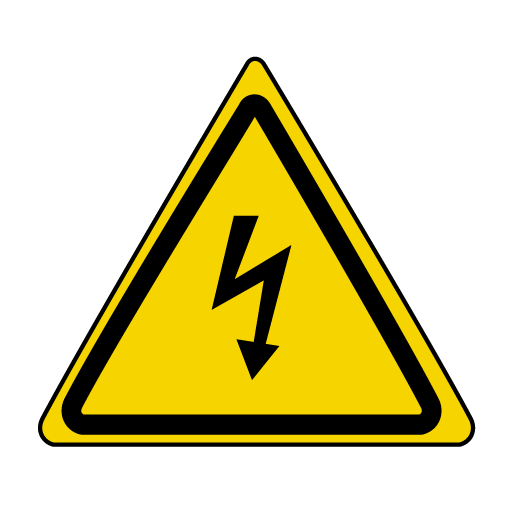General information about charging
Different types of charging
How long it takes for the vehicle's high-voltage battery to be charged depends on the charging output used and the size of the battery. The 12 V battery is charged at the same time as the high-voltage battery.
AC charging via wall socket (mode 2)
The vehicle can be charged via a regular wall outlet. Suitable as extra charging for electric vehicles but not recommended for regular charging.
AC charging via charging station (mode 3)
The charging station may be equipped with either a permanent charging cable or with a socket where a mode 3 charging cable can be connected. This type of charging is recommended for regular charging.
Rapid charging via charging station (DC charging)
The vehicle supports rapid charging with direct current (DC) at charging stations supporting the CCS (Combined Charging System) standard. Charging with direct current usually enables higher charging output and thereby shorter charging times. The highest charging output is normally achieved when the charge level of the battery is 0–30%, after which the charging output gradually decreases.
Temperature effect
The high voltage battery and associated electrical drive system work better when they are at the correct operating temperature.
The high voltage battery may have reduced performance if the temperature in the battery is too low or too high.
Important
Important
Note
Warning
California Proposition 65
Operating, servicing and maintaining a passenger vehicle can expose you to chemicals including engine exhaust, carbon monoxide, phthalates, and lead, which are known to the State of California to cause cancer and birth defects or other reproductive harm. To minimize exposure, avoid breathing exhaust, do not idle the engine except as necessary, service your vehicle in a well ventilated area and wear gloves or wash your hands frequently when servicing your vehicle. For more information go to www.p65warnings.ca.gov/products/passenger-vehicle.
Warning
Warning
Exterior Sound
When the vehicle is being powered by electricity, an artificial exterior sound will play in the background. This sound is intended to help warn children, pedestrians, cyclists, animals, etc. outside the vehicle of the vehicle's approach.
High-voltage electrical current

Warning
Warning
Do not touch anything that is not clearly described in this Owner's Manual.





